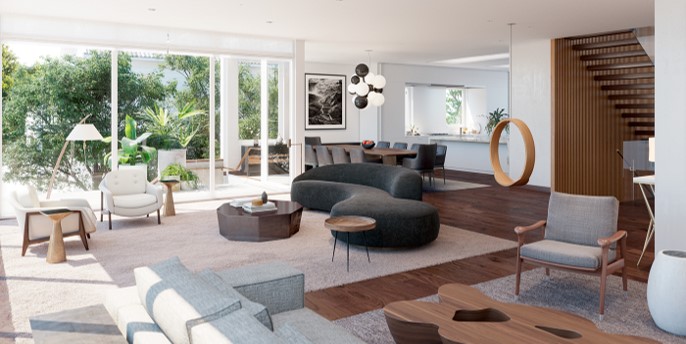In the 1950’s Europe and America saw a shift in people’s sentiments towards design. Beauty and efficiency were reconciled to satisfy the general yearning for brightness and functionality. The Scandinavian style took over this new era with the influence of the subtle and elegant characteristics of early 20th-century art movements. Instead of crafting products reserved solely for the elite, this type of designed aimed to address the needs of the masses without overlooking the aesthetic appeal.
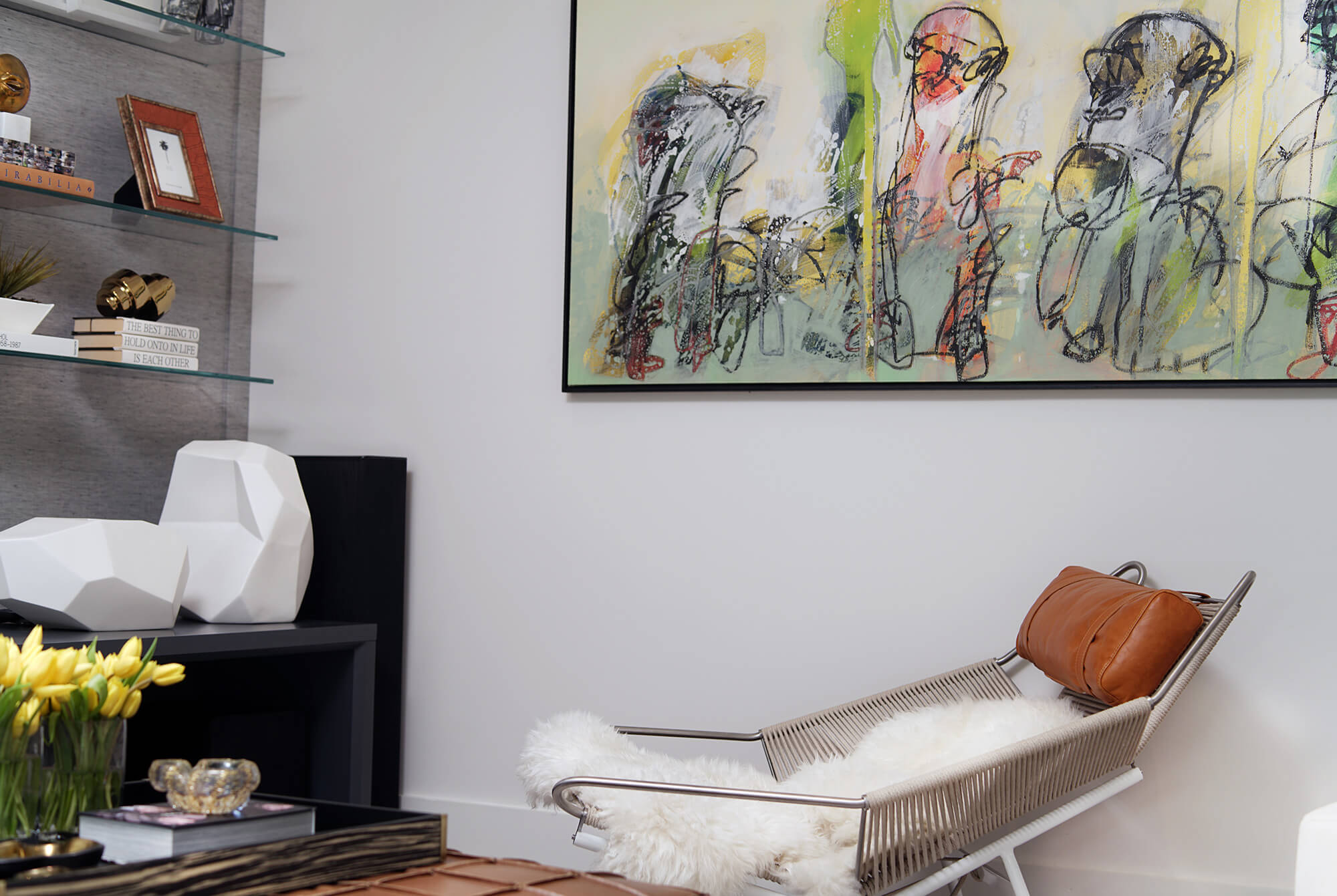
But what exactly inspired today’s popular yet simple design? To find an answer you must allow your mind to wander past the walls of your surroundings to the serene northern regions of the Earth: Norway, Sweden, Denmark and, if your gaze allows it, to Finland and Iceland. The undisturbed nature and isolated character of these countries has served as inspiration for designers who managed to find a purpose to the limited materials that their environment provided. Soon, this movement towards a democratic design, accessible to all classes, gained momentum with the help of prestigious institutions such as the Swedish Society of Industrial Design which recognized its promising value for the general public. Their aim was to introduce a new lifestyle grounded upon practical yet graceful environments which are, to this day, associated to the ‘Scandinavian way of life’; tranquil, plain, unburdened.
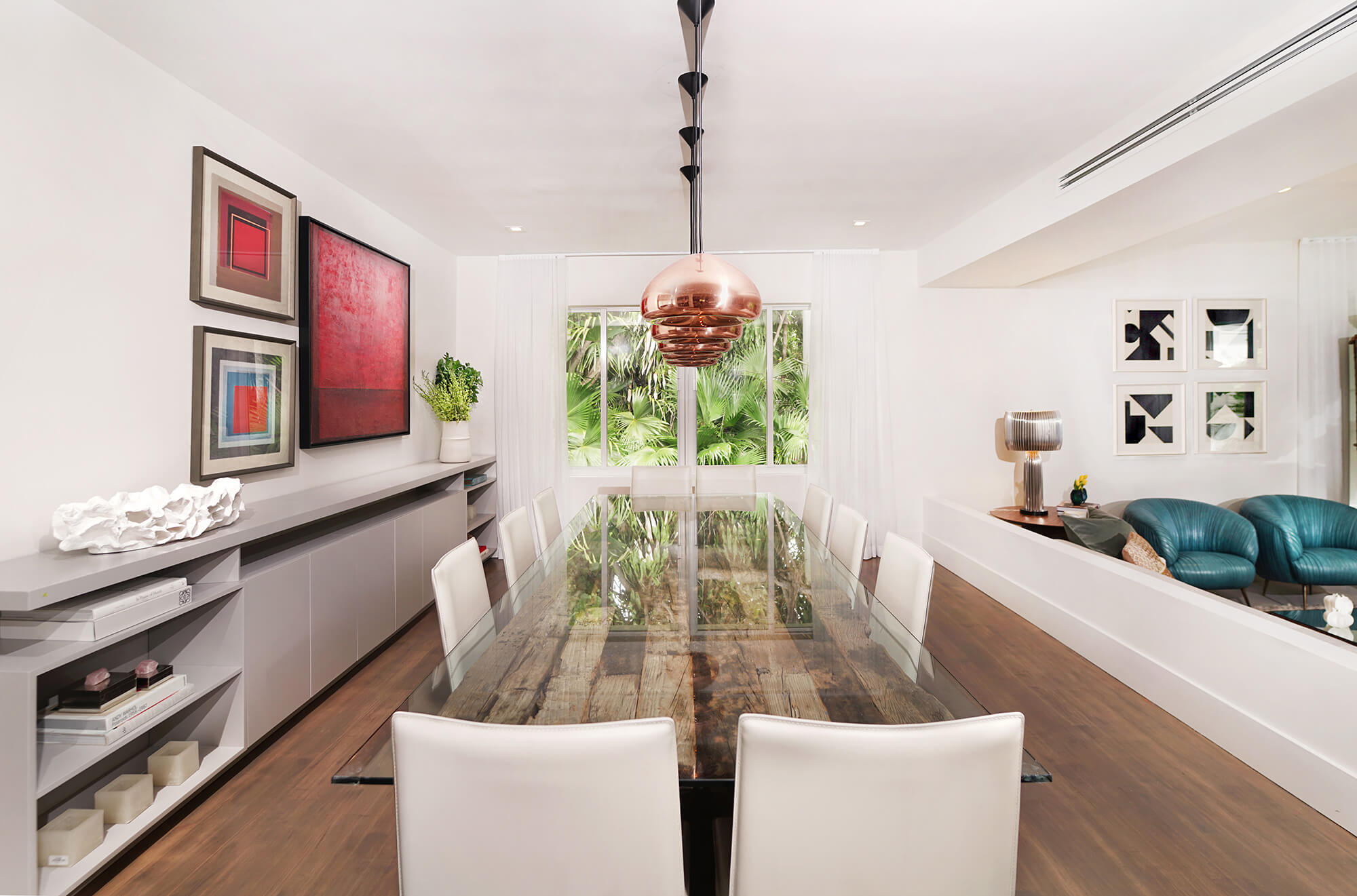
Description
This particular concept of design is reliant on few colors of which one in particular often stands out. Although the use of white is most commonly exhibited, interiors can also be comprised of light blues and greys or pale browns. The advantage of such a limited color palette is that it functions better for the conduction of light; allowing it to reflect across surfaces to brighten interiors. As a matter of fact, the Scandinavian approach invites you to experiment with this brightness by altering it with additional artificial lighting.
Light fixtures can range from delicate paper lanterns hanging above the dining table to a sharp Mercedes table lamp. In addition to this, the visual clarity and clean atmosphere is highlighted by the strategic arrangement of items which are reliant on each other to produce a sense of unity and organized spacing. The motto to follow is ‘quality over quantity’, especially while referring to an object which is not only long-lasting but also multi-purposed. Think about KMP products and their classically simple and double-duty character which makes them so convenient for users.

Perhaps it might seem as if efficiency plays the central role in the Scandinavian approach but in reality a large part of its goal is to provide an outlet for harmony across the development of spaces and objects that everyone can feel comfortable using and calling their own. Warmth and comfort is thus, also engrained in Scandinavian interiors with the use of diverse textures and materials which include leather, sheepskin, ceramic and wood. The last element is essential to this style which draws on natural factors to create a balance between industrial products and the organic components of our environment. The display of untreated wood either in floorboards, cabinets or a Curtis coffee table, is simply another way of incorporating outdoor components into our home’s interiors as a reminder of the essence of Scandinavian design: sustainability, minimalism and balance. Employing ecological materials and relying on an environmentally friendly approach increases the value of a space beyond its initial aesthetic and practical function.
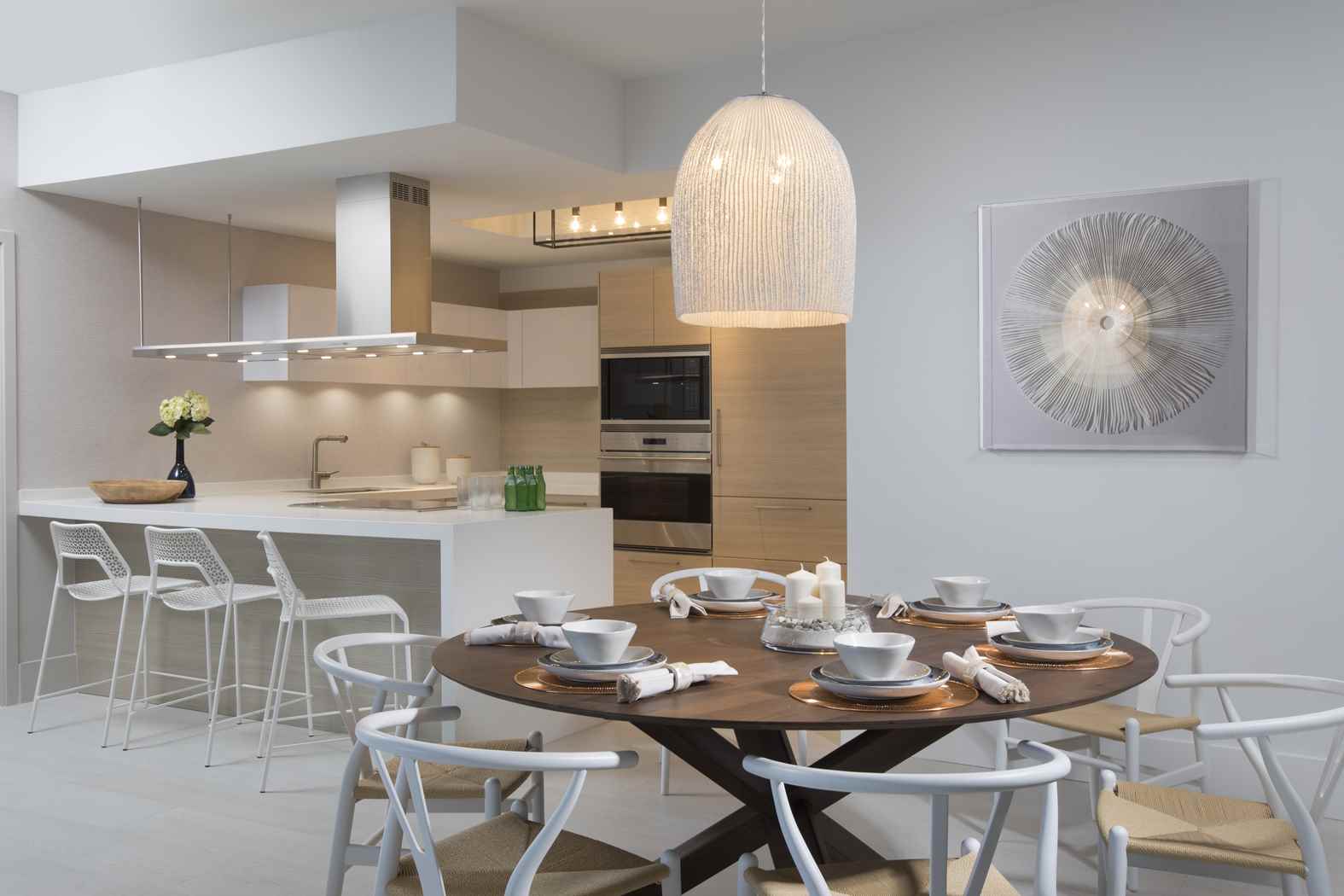
Furniture
The Scandinavian design has been especially prevalent in the furniture department which showcases a combination between clear, straightforward shapes and the unexpected Pop factor. Such abstract creations which oftentimes rely on sudden colorful prints or futuristic craftsmanship have been influenced by designers such as Verner Panton and his work on the 60’s with plastics in bright colors, the celebrated Finn Juhl who enhanced the influence of Danish design in the 1940’s, and the renown Swedish, Ingvar Kamprad, founder of IKEA. Furniture can be beautiful, or even playful but it can never show opulence; the abundance of ornaments obfuscates the message transmitted by this artistic movement.
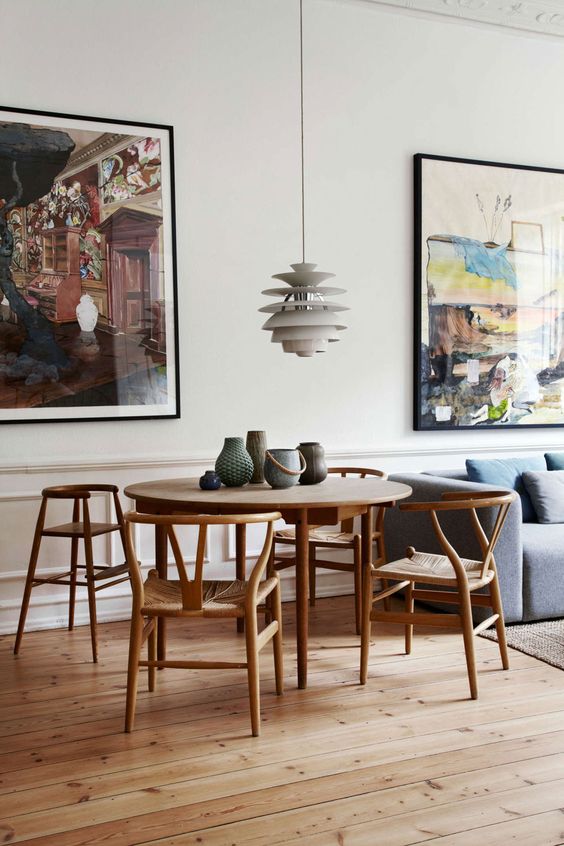
What lures people to Scandinavian design is precisely the promise of lightness, both visible and emotional. It provides the experience of walking into a room and feeling the stress and burdens of the day drop to the ground as soon as you step into your home’s soft carpeted interior and gaze upon the delicate lines and soft angles of the objects which comprise it. One can devise a modern space defined by the minimal use of accessories such as tall, slender mirrors or black and white photography that compliments the clean display of a dark wooden coffee table and Luiza three-seater sofa placed over a soft toned wool rug.
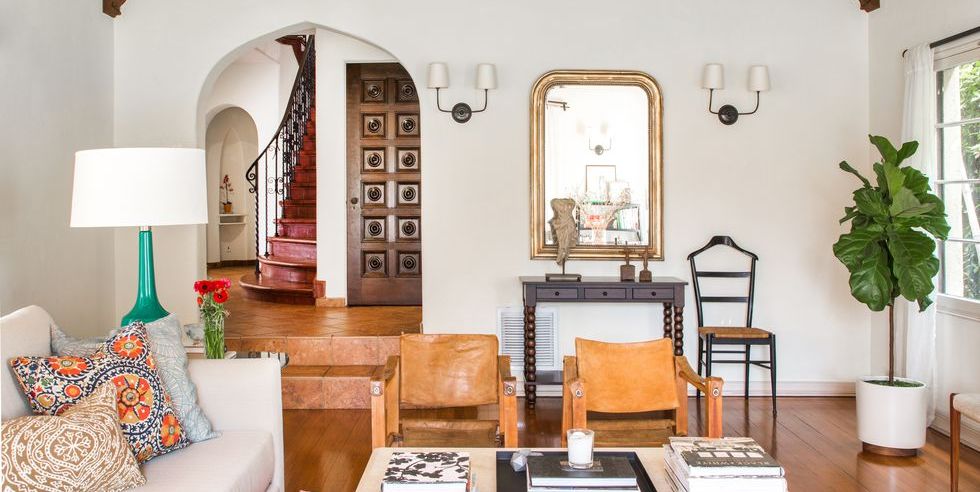
Perhaps your ideal interior bears significantly different characteristics; after all, no design is ever the same; however, what they all have in common under the influence of the Scandinavian concept is the timeless focus on simplicity and functionality. This type of décor has crossed oceans to introduce the lifestyle adopted by Northern countries to a wider public who relinquishes chaos to appreciate the beauty in clarity and efficiency.

